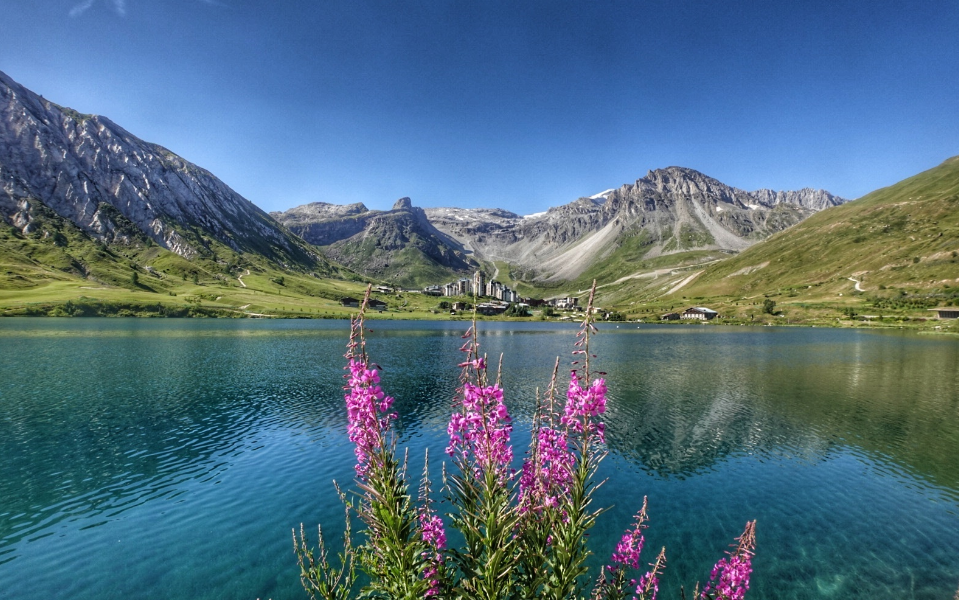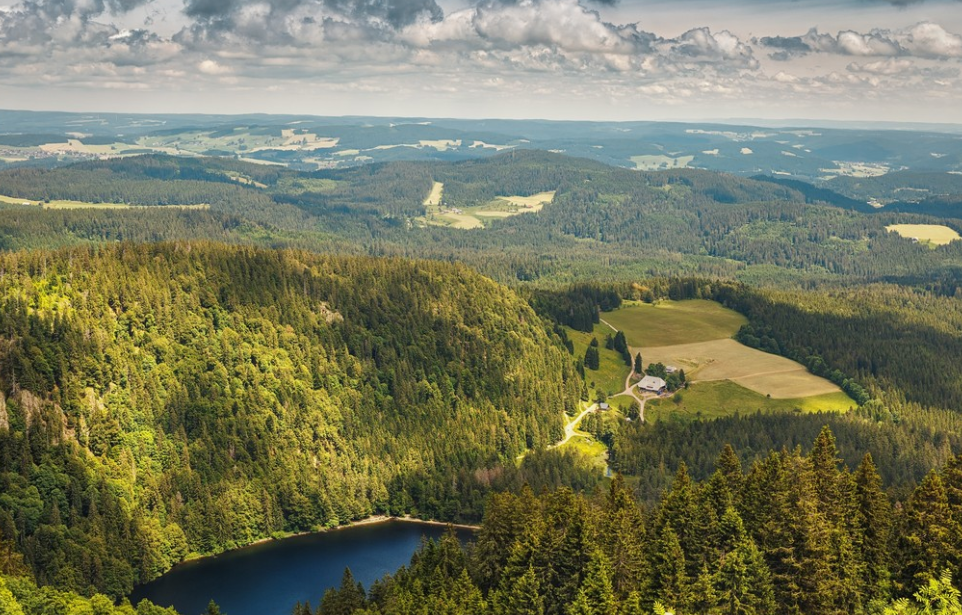Have you ever wondered about the natural treasures tucked away in the heart of Bangladesh National Park? Lawachhara National Park stands as a testament to the country’s commitment to biodiversity conservation and sustainable development. Nestled in the northeastern part of the country, this captivating national park showcases the rich flora and fauna that make Bangladesh a nature lover’s paradise.
Lawachhara National Park, established in 1996, is a pristine wilderness that covers an area of approximately 1,250 hectares. Located in the Sylhet District of Bangladesh, it encompasses the northeastern slopes of the Indian Himalayas. This enchanting forest is a haven for biodiversity, housing a wide range of plant and animal species that are native to the region.
Overview of Bangladesh National Park
Lawachhara National Park boasts a diverse range of ecosystems, including tropical evergreen forests, grasslands, and wetlands. It is home to a remarkable array of flora and fauna, making it an important ecological hotspot in Bangladesh. The park serves as a refuge for several endangered and threatened species, contributing to the overall conservation efforts in the country.
Location and Geography
Situated about 160 kilometers northeast of the capital city, Dhaka, Lawachhara National Park is nestled in the Barlekha Upazila of the Moulvibazar District. The park’s landscape is characterized by undulating hills, deep valleys, and sparkling streams, creating a picturesque setting for nature enthusiasts and researchers alike.
Flora and Fauna
Lawachhara National Park is a treasure trove of botanical wonders, with more than 460 plant species identified within its boundaries. The lush greenery is adorned with towering trees, vibrant orchids, and a myriad of medicinal plants. This diverse flora provides vital habitat and food sources for the park’s abundant wildlife.
The park is inhabited by numerous mammal species, including the critically endangered Western Hoolock Gibbon, the rare Phayre’s Langur, and the clouded leopard. Bird enthusiasts will be thrilled to spot colorful avian species like the Asian paradise flycatcher, the greater racket-tailed drongo, and the blue-throated barbet.
Importance of Lawachhara National Park
The significance of Lawachhara National Park goes beyond its ecological value. It serves as a living laboratory for scientists and researchers studying various aspects of biodiversity, climate change, and sustainable development. The park also plays a crucial role in safeguarding water resources, regulating microclimates, and maintaining the overall ecological balance of the region.
Biodiversity Conservation Efforts at Bangladesh National Park
Lawachhara National Park is a testament to Bangladesh’s commitment to biodiversity conservation. The park authorities, in collaboration with local communities and conservation organizations, have implemented several initiatives to protect and restore the park’s natural habitats. These efforts include habitat restoration, anti-poaching measures, and public awareness campaigns to promote responsible tourism.
Threats and Challenges to Bangladesh National Park
Despite the conservation efforts, Lawachhara National Park faces various threats and challenges that put its fragile ecosystem at risk. Illegal logging, encroachment, and poaching pose significant threats to the park’s biodiversity. Additionally, climate change impacts, such as deforestation and unpredictable weather patterns, further exacerbate the challenges faced by the park and its wildlife.
Efforts are being made to address these issues through stricter law enforcement, community engagement, and sustainable livelihood programs for local communities. Collaboration between the government, conservation organizations, and local stakeholders is vital in mitigating these threats and ensuring the long-term preservation of Lawachhara National Park.
Ecotourism in Lawachhara National Park
Lawachhara National Park offers visitors a unique opportunity to immerse themselves in the breathtaking beauty of nature. The park provides various ecotourism activities, including guided nature walks, birdwatching excursions, and wildlife spotting adventures. These experiences not only showcase the park’s natural wonders but also raise awareness about the importance of conservation and sustainable tourism practices.
Visitor Information and Attractions in Bangladesh National Park
For those planning a visit to Lawachhara National Park, here’s some essential information:
Entry Fee: Visitors are required to pay a nominal entry fee, which contributes to the park’s maintenance and conservation efforts.
Guided Tours: It is recommended to hire a knowledgeable guide who can enhance your experience by providing insights into the park’s biodiversity and conservation initiatives.
Trails and Trekking: The park features well-marked trails that lead to scenic viewpoints, waterfalls, and observation towers, offering spectacular vistas of the surrounding landscape.
Wildlife Encounters: Keep your eyes peeled for a chance to spot the park’s iconic wildlife, including gibbons, langurs, and various bird species.
Photography: Photography enthusiasts will be delighted by the park’s picturesque landscapes and diverse flora and fauna. Remember to capture memories responsibly, respecting the park’s guidelines.
Research and Educational Opportunities
Lawachhara National Park serves as a valuable hub for research and education. The park offers research permits to scholars and scientists interested in studying its unique ecosystems, biodiversity, and conservation challenges. Additionally, educational programs are conducted to raise environmental awareness among local communities, students, and visitors.
Government Initiatives for Bangladesh National Park Management
The government of Bangladesh recognizes the importance of Lawachhara National Park and has taken several measures to ensure its effective management. This includes the establishment of dedicated park authorities, the implementation of laws and regulations for protected area management, and the allocation of resources for conservation activities. These governmental efforts play a crucial role in safeguarding the park’s biodiversity and promoting sustainable practices.
Conclusion
Lawachhara National Park stands as a shining example of Bangladesh’s commitment to biodiversity conservation and sustainable development. Its lush forests, diverse wildlife, and ongoing conservation efforts make it a must-visit destination for nature enthusiasts, researchers, and conservation advocates. By exploring Lawachhara National Park, visitors not only have the opportunity to witness the wonders of nature but also contribute to the park’s conservation and sustainable development initiatives.
FAQs
1. Can I visit Lawachhara National Park throughout the year?
Lawachhara National Park can be visited year-round. However, the best time to visit is during the dry season, from October to March, when the weather is pleasant and wildlife sightings are more common.
2. Are there accommodation options available near the park?
Yes, there are accommodation options available near Lawachhara National Park, ranging from guesthouses to eco-lodges. It is advisable to make reservations in advance, especially during peak tourist seasons.
3. Is it safe to explore the park without a guide?
While it is possible to explore Lawachhara National Park independently, it is highly recommended to hire a knowledgeable guide. Guides are familiar with the park’s trails, wildlife behavior, and can enhance your experience by providing valuable information.
4. Are there any restrictions on photography within the park?
Photography is allowed in Lawachhara National Park; however, certain restrictions may apply, particularly when it comes to capturing wildlife. It is important to follow ethical guidelines and maintain a safe distance from animals to avoid disturbance.
5. How can I contribute to the conservation of Lawachhara National Park?
You can contribute to the conservation of Lawachhara National Park by practicing responsible tourism, respecting park rules and guidelines, supporting local communities, and spreading awareness about the park’s ecological importance.
Conclusion
In conclusion, Lawachhara National Park stands as a testament to Bangladesh’s commitment to preserving its natural heritage. With its rich biodiversity, captivating landscapes, and ongoing conservation efforts, the park offers a unique and immersive experience for nature enthusiasts. By visiting and supporting Lawachhara National Park, we can collectively contribute to the protection and sustainable management of this precious ecosystem.
References
- Ministry of Environment, Forest and Climate Change, Government of Bangladesh. (n.d.). Lawachhara National Park. Retrieved from http://www.moef.gov.bd/index.php?option=com_content&view=article&id=80&Itemid=181
- IUCN Bangladesh. (2015). Lawachara National Park: A Biodiversity Sanctuary in Bangladesh. Retrieved from https://www.iucn.org/sites/dev/files/import/downloads/lawachara_national_park.pdf
- Sarker, S. U., Shil, N. C., & Miah, M. D. (2016). Ethnobotanical Study of the Indigenous Knowledge on Medicinal Plants used by the Tribal Communities of Lawachara National Park, Bangladesh. Journal of Biodiversity and Environmental Sciences, 9(2), 220-233.

